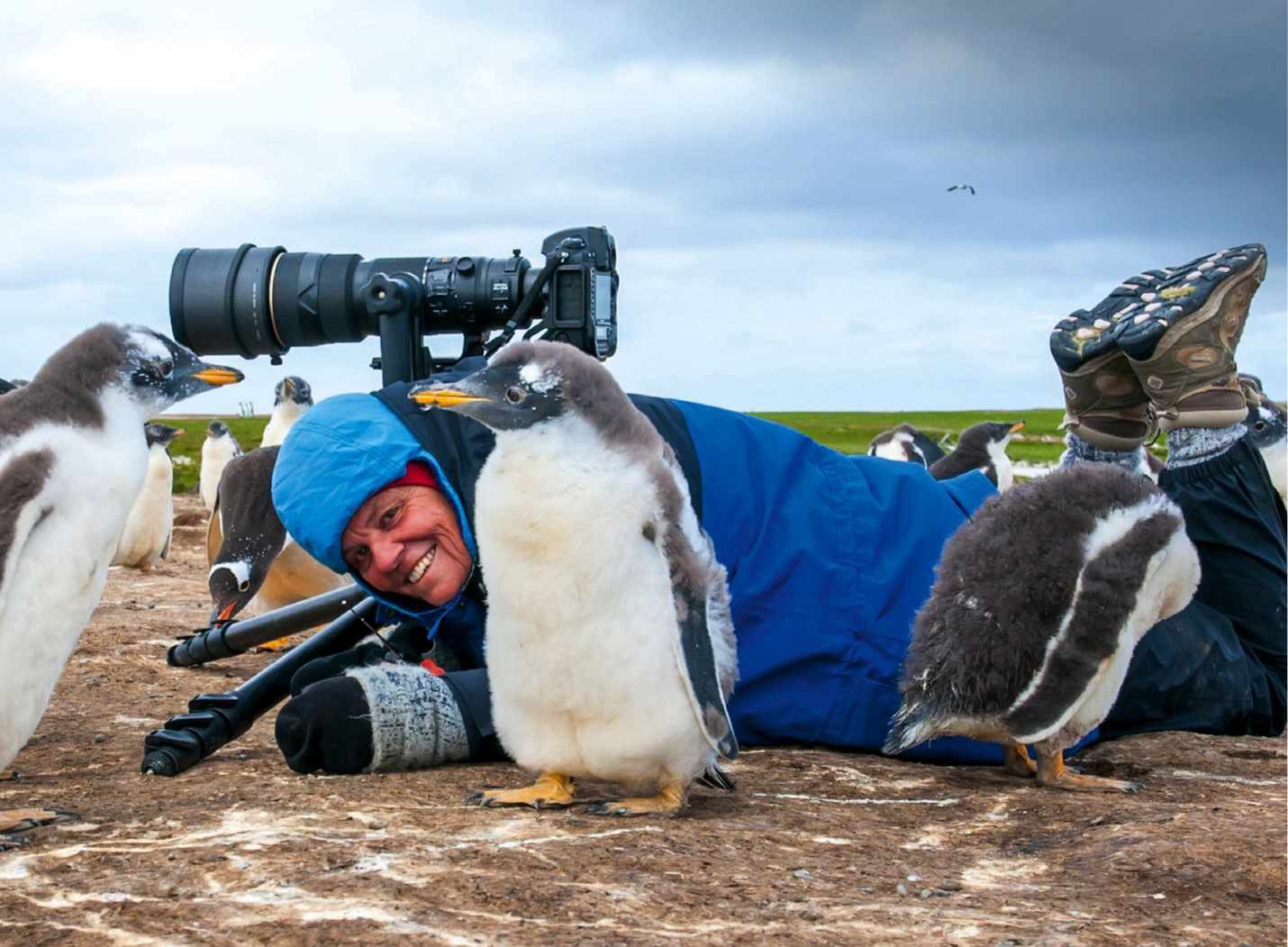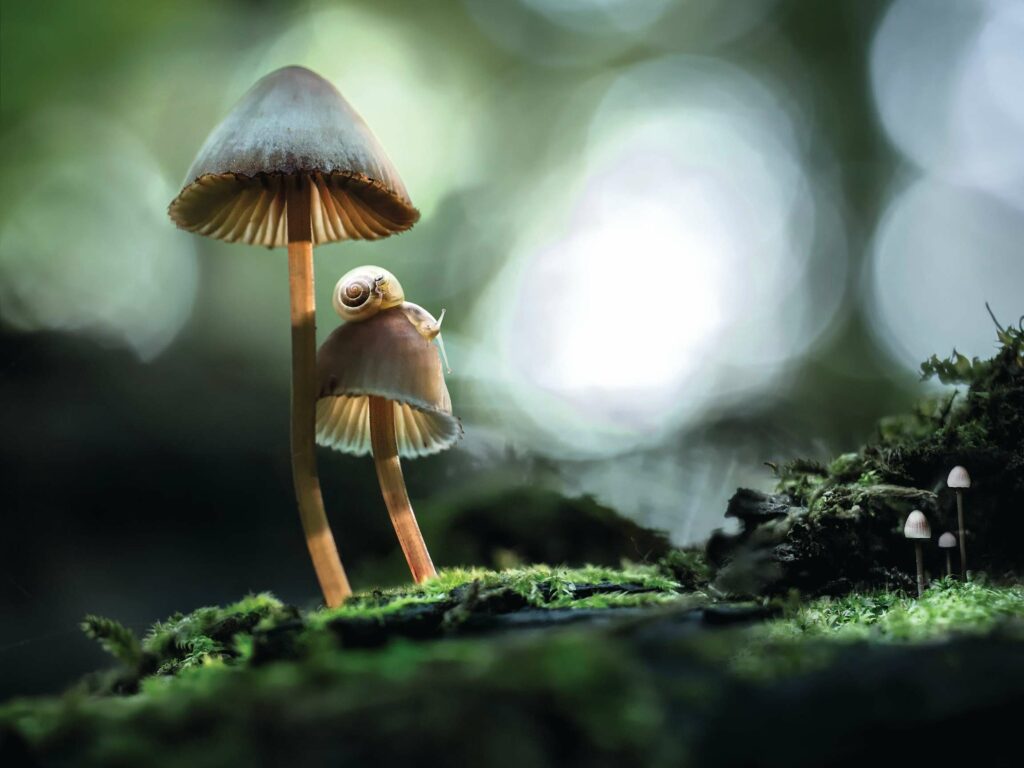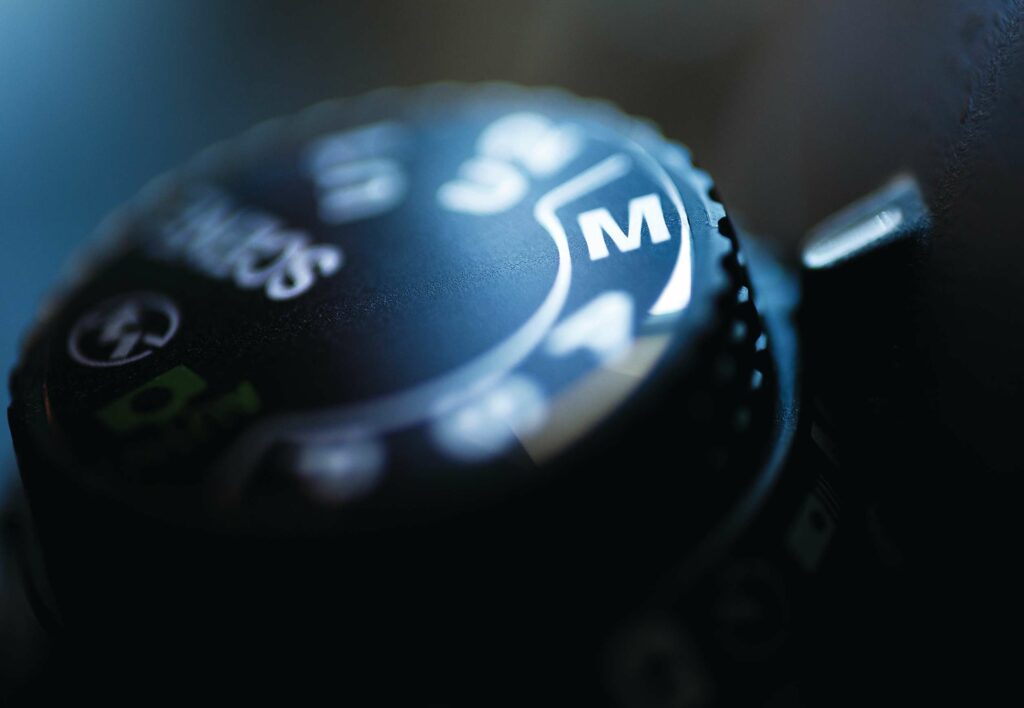WITH BBC WILDLIFE PICTURE EDITOR TOM GILKS
Tui De Roy on camera-wrecking turtles and car-wrecking elephants

How did you get into photography?
I grew up in the Galápagos. I was using my dad’s camera to record wildlife until a filmmaker gifted me his old Pentax SLR. I then met the editor of Audubon magazine and, at 19, had a story published on giant tortoises. I’ve never looked back!
What would you be if you weren’t a wildlife photographer?
Very boring or dead.
Which of your shots is most important to you, and why?
That’s like asking a mother to choose her favourite child…
Any ‘wow’ moments?
Nothing has amazed me more than watching a few wise bull sealions herd tuna into natural traps in the shoreline – they simply run out of water and leap ashore. I couldn’t believe my eyes when I realised what they were doing.
What about epic fails?
I once went on a week-long hike in the Andes looking for spectacled bears and woolly mountain tapirs. I saw nothing but the inside of a rain cloud.
Which animal plays most havoc with your kit?
Nesting sea turtles – they fling great flipperloads of salty wet sand in the pitch darkness, and no camera is made for that. But I don’t usually need help from animals to damage my gear.
What’s been your closest shave?
I once met a bull elephant in Kenya. I did what I’d been told: ward him off by revving the engine and lurching forward. Big mistake! Suddenly the tip of his tusk was six inches from my face. He ripped the metal skin off the vehicle as if it were a sweet wrapper.
Any advice you can give to budding wildlife photographers?
Do it with passion, with energy, and with everything you’ve got. Don’t try and count what you put in versus what you get out.
Tui De Roy is a wildlife photographer from the Galápagos: tuideroy.com
How to use the manual settings on your camera

It’s fine to use a camera’s ‘auto mode’ when you’re starting out, but to take your photography to the next level you need to master the manual settings.
• APERTURE
How much light is allowed through the camera’s lens. A low F-stop gives a shallow depth of field and a high F-stop captures background, too.
• SHUTTER SPEED
How quickly the camera’s shutter opens and closes. Shorter times will capture a fast-moving subject in detail.
• ISO
How sensitive a camera is to light. Low ISOs work fine in bright situations, but you will need to ramp up the ISO in low light situations.
Visit discoverwildlife.com/how-to/camera-manual-settings-explained to learn much more
